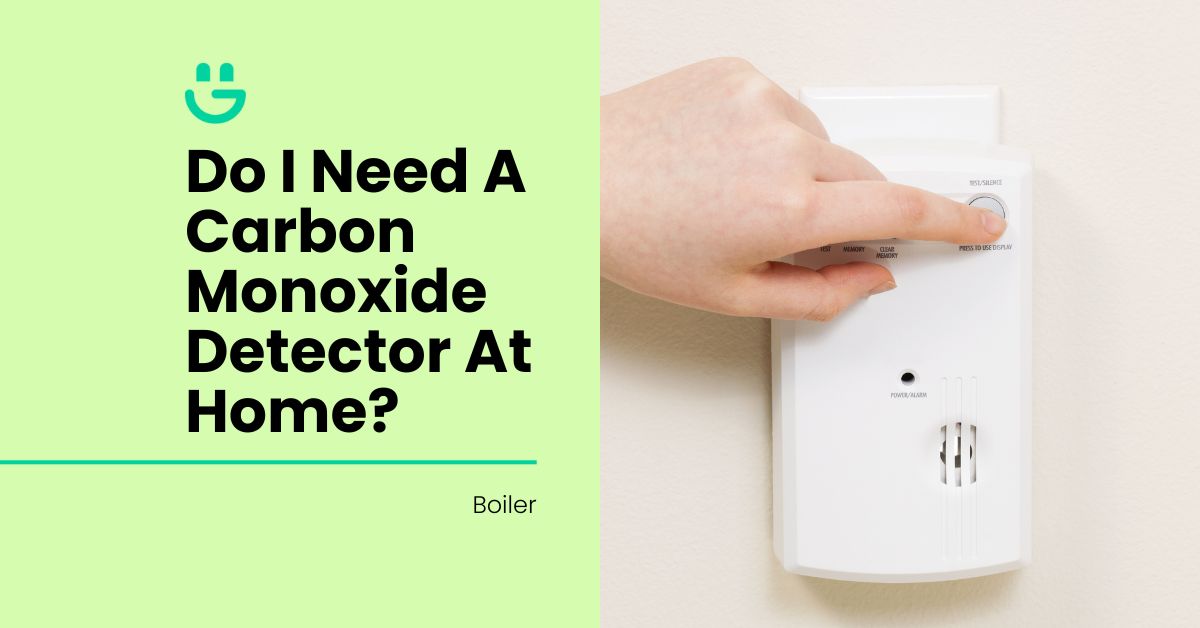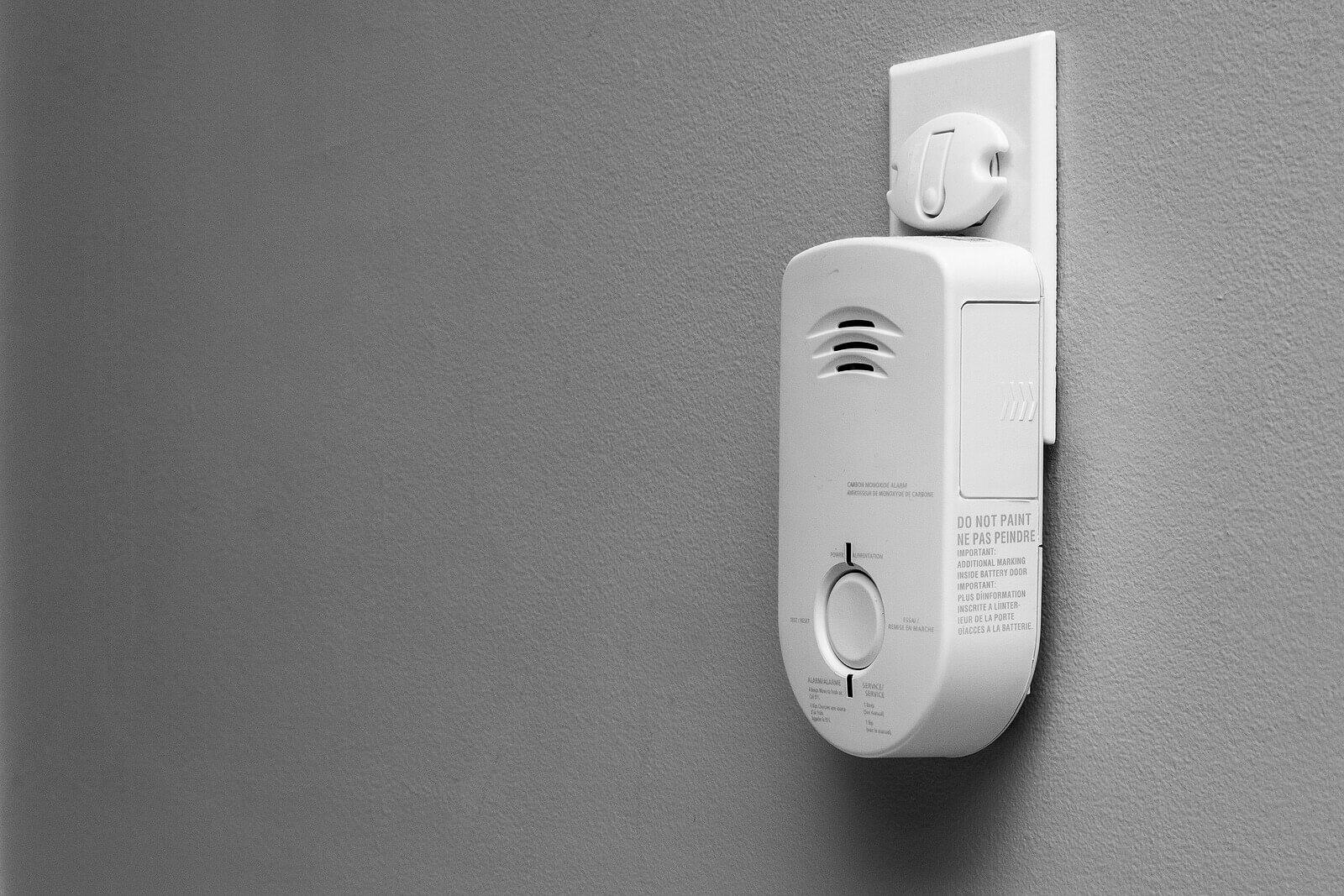Do Houses Have Carbon Monoxide Detectors

Frequently Asked Questions: Carbon Monoxide Detectors in Homes
Carbon monoxide (CO) is an odorless, colorless gas that can be deadly. That's why having working carbon monoxide detectors is crucial for home safety. This FAQ addresses common questions about CO detectors to help you protect yourself and your family.
Question 1: Are Carbon Monoxide Detectors Required in Homes?
The answer is: it depends on your location. Many states and municipalities have laws requiring CO detectors in residential properties, especially those with fuel-burning appliances or attached garages. These appliances include furnaces, stoves, water heaters, fireplaces, and generators. Requirements can vary widely, so it's essential to check your local building codes and ordinances. Even if not legally required, installing CO detectors is highly recommended for all homes.
Here's a breakdown of factors that often influence requirements:
- Type of Dwelling: Single-family homes, apartments, and condos might have different requirements.
- Fuel-Burning Appliances: Homes with any fuel-burning appliances are more likely to have mandatory CO detector rules.
- Attached Garages: Garages can allow CO from vehicles to seep into the home, triggering requirements.
- New Construction vs. Existing Homes: New construction often has stricter CO detector requirements than older homes.
- Rental Properties: Landlords often have a legal obligation to provide working CO detectors in rental units.
Always consult your local authorities (city hall, fire department, or building inspection office) to confirm the specific requirements in your area.
Question 2: Where Should I Install Carbon Monoxide Detectors in My Home?
Proper placement is key to ensuring your CO detectors can effectively alert you to danger. The general recommendation is to install at least one CO detector on every level of your home, including the basement. In multi-story homes, it's advisable to have one outside each sleeping area. Specifically:
- Near Sleeping Areas: CO detectors should be placed in hallways outside bedrooms to alert you while you sleep.
- On Each Level: A detector on each floor ensures comprehensive coverage, as CO can spread throughout the house.
- Avoid Obstructions: Don't place detectors behind furniture, curtains, or other obstructions that could block airflow to the sensor.
- Away from Fuel-Burning Appliances: Do not install CO detectors directly next to or above fuel-burning appliances like furnaces or stoves. This can trigger false alarms due to minor, temporary CO releases during normal operation. Maintain a distance of at least 10 feet.
- Follow Manufacturer's Instructions: Always refer to the manufacturer's instructions for specific placement recommendations, as these can vary depending on the type of detector.
- Ceiling or Wall Mounting: Most detectors can be mounted on either the ceiling or the wall. If mounting on the wall, place the detector approximately 5 feet from the floor. If mounting on the ceiling, place it at least 4 inches from the wall.
Consider installing additional CO detectors in areas where people spend a lot of time, such as living rooms or home offices.
Question 3: What Type of Carbon Monoxide Detector Should I Buy?
There are several types of CO detectors available, each with its own advantages and disadvantages. The two main types are electrochemical and biomimetic.
- Electrochemical Sensors: These are the most common type of CO detector and are generally considered to be more accurate and reliable. They use an electrochemical cell to measure CO levels.
- Biomimetic Sensors: These sensors use a gel that changes color in the presence of CO. While less expensive, they are generally considered less accurate and have a shorter lifespan.
Here are some additional features to consider when choosing a CO detector:
- Power Source: CO detectors can be powered by batteries, hardwired into your home's electrical system, or a combination of both (with battery backup). Battery-powered detectors are easier to install, while hardwired detectors offer continuous protection. Detectors with battery backup provide peace of mind in case of a power outage.
- Digital Display: A digital display shows the current CO level in parts per million (ppm). This can be helpful in identifying low-level CO leaks before they become dangerous.
- Alarm Type: Look for detectors with a loud, distinct alarm that will wake you up even when you're sleeping.
- End-of-Life Warning: Many CO detectors have a built-in timer that signals when the sensor is nearing the end of its lifespan. This ensures you replace the detector before it becomes unreliable.
- Smart Features: Some detectors offer smart features like smartphone notifications and integration with home automation systems.
Look for CO detectors that are certified by a reputable testing laboratory, such as Underwriters Laboratories (UL) or Intertek (ETL). This ensures the detector meets safety standards.
Question 4: How Often Should I Test and Replace My Carbon Monoxide Detectors?
Regular testing and replacement are crucial for ensuring your CO detectors are functioning properly. You should test your CO detectors at least once a month by pressing the test button. If the alarm sounds, it indicates that the detector's electronics are working. However, this doesn't guarantee that the sensor is still accurate.
CO detectors have a limited lifespan, typically 5-10 years. The sensor gradually degrades over time, becoming less sensitive to CO. Always replace your CO detectors by the expiration date printed on the device. Replacing them on time ensures you always have a working detector.
Here's a simple maintenance schedule:
- Monthly: Test the alarm by pressing the test button.
- Every Six Months: Replace the batteries in battery-powered detectors (even if they aren't dead).
- Every 5-10 Years: Replace the entire CO detector unit, regardless of whether it's battery-powered or hardwired.
Keep a record of when you purchased and installed your CO detectors so you know when they need to be replaced.
Question 5: What Should I Do If My Carbon Monoxide Detector Goes Off?
If your CO detector alarm sounds, it's critical to act quickly and decisively. CO poisoning can be deadly, so don't ignore the alarm.
Here's what to do:
- Evacuate Immediately: Immediately evacuate everyone from the building to fresh air. Don't waste time trying to find the source of the CO.
- Call Emergency Services: Once you are safely outside, call 911 or your local fire department.
- Do Not Re-enter: Do not re-enter the building until emergency personnel have arrived and determined that it is safe to do so.
- Ventilate the Building: If emergency responders advise it, open windows and doors to ventilate the building.
- Identify the Source: Once emergency personnel have given the all-clear, try to identify the source of the CO. Common sources include malfunctioning furnaces, blocked chimneys, running vehicles in attached garages, and portable generators used indoors.
- Get Medical Attention: Even if you don't feel sick, seek medical attention to rule out CO poisoning. CO poisoning symptoms can be subtle and easily mistaken for the flu.
- Have Appliances Inspected: Before using any fuel-burning appliances, have them inspected by a qualified technician to ensure they are working properly.
Never ignore a CO alarm, even if you think it's a false alarm. It's better to be safe than sorry.
Question 6: Can Carbon Monoxide Detectors Prevent All CO Poisoning Incidents?
While CO detectors are essential for preventing CO poisoning, they are not a foolproof solution. They are only effective if they are properly installed, maintained, and working correctly.
Here are some limitations to keep in mind:
- Detector Failure: CO detectors can fail due to sensor degradation, battery depletion, or other malfunctions. Regular testing and replacement are crucial to minimize this risk.
- Power Outages: Battery-powered detectors will continue to function during a power outage, but hardwired detectors without battery backup will not.
- False Alarms: CO detectors can sometimes trigger false alarms due to temporary CO releases from appliances or other factors. However, it's always better to err on the side of caution and evacuate if the alarm sounds.
- Human Error: Failure to properly install, maintain, or respond to a CO alarm can negate the detector's effectiveness.
To maximize your protection against CO poisoning, combine CO detectors with other safety measures, such as:
- Regular Appliance Maintenance: Have your fuel-burning appliances inspected and maintained annually by a qualified technician.
- Proper Ventilation: Ensure adequate ventilation when using fuel-burning appliances, especially space heaters.
- Never Use Generators Indoors: Never operate portable generators inside your home, garage, or other enclosed spaces.
- Avoid Idling Cars in Garages: Do not idle your car in an attached garage, even with the garage door open.
CO detectors are an important layer of protection, but they are not a substitute for safe practices and proper appliance maintenance.
Question 7: What Are the Symptoms of Carbon Monoxide Poisoning?
Recognizing the symptoms of CO poisoning is crucial for seeking prompt medical attention. The symptoms can be subtle and easily mistaken for the flu or other common illnesses.
Common symptoms of CO poisoning include:
- Headache
- Dizziness
- Weakness
- Nausea
- Vomiting
- Chest Pain
- Confusion
- Blurred Vision
- Shortness of Breath
- Loss of Consciousness
The severity of symptoms depends on the level of CO exposure and the duration of exposure. Infants, pregnant women, elderly individuals, and people with pre-existing heart or lung conditions are particularly vulnerable to CO poisoning.
If you suspect CO poisoning, immediately evacuate to fresh air and seek medical attention. Tell the medical provider that you suspect CO poisoning so they can perform a blood test to measure your CO levels.
Remember, CO poisoning can be deadly. Early detection and prompt treatment are essential for preventing serious health consequences.










